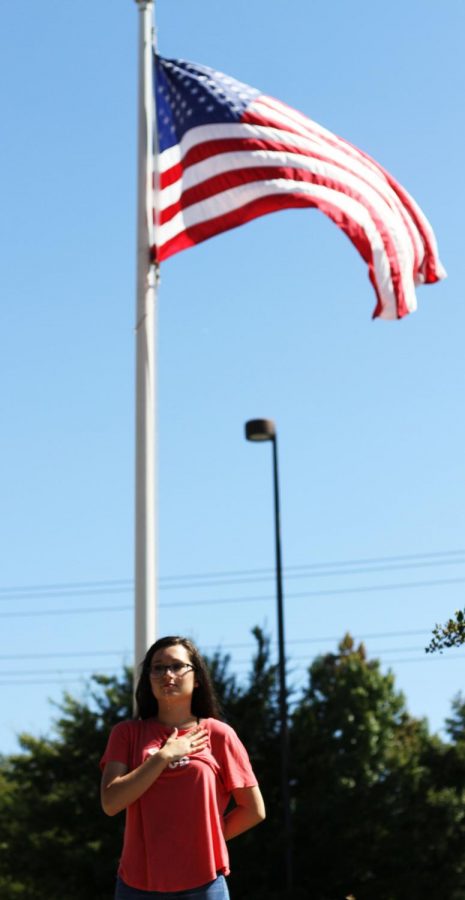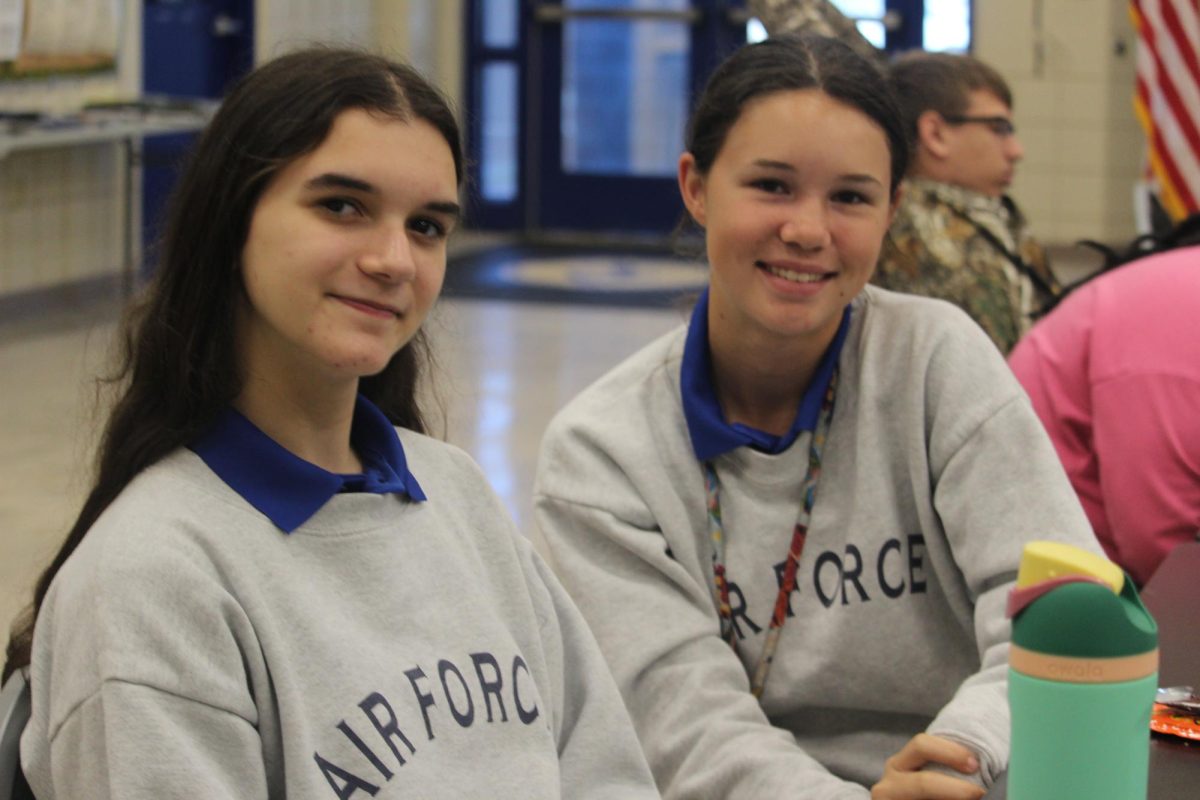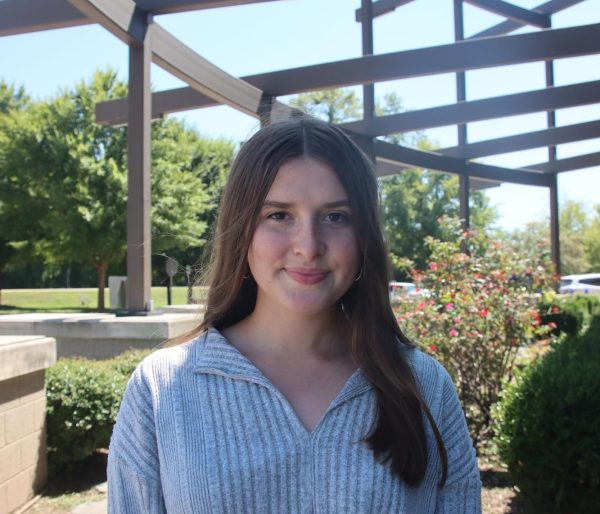Pledge For Our Values
Standing in front of the flag pole, senior Jaiden Kubana recites the pledge in
December 19, 2018
It is around 8 a.m. Doors shut and students clamber to their seats as they get ready for class. After the teacher checks attendance, the intercom chimes and the classroom is silenced as senior Ren Hefley’s voice is heard throughout the room. Hefley begins his daily routine with a weather report, a moment of silence and the Pledge of Allegiance.
Forty-three schools in the United States require for students to recite the Pledge of Allegiance. For almost four years, our school has not been doing the pledge until the third week of the school year when administrators commenced the pledge again. With the commencement of the pledge, ambivalence spreads through the student body and teachers with the procedure returning.
“How I feel about the Pledge of Allegiance as a teacher and how I feel about it as a citizen is a little bit different,” Coach Shawn Regan said. “Since teaching, I’ve noticed a few things. One is we don’t encourage the Pledge of Allegiance in very many places outside of school, so it’s school-based and in military and politics. It is a good thing to teach somebody respect for the country.”
For most of his years teaching, Regan has stayed outside of his during the Pledge of Allegiance every morning.
“For me, I’ve stepped outside of the classroom for the last 20 years. I tell the students what I think of the Pledge and remove myself,” Regan said. “I don’t ever want a student to say it because me as a teacher is making them say the Pledge.”
Regan educates his students on the origin of the pledge and why it came to be since many of them are unaware.
“We talk about where things come from to understand the root,” Regan said. “George Washington, Abraham Lincoln and our founding fathers have never said [the pledge], because it wasn’t available until 1892 [which was] a hundred years after we became a country, and these were great historical Americans who did great things. I make the students annotate writing, and I showed them a video of a guy named Red Skelton annotating the Pledge of Allegiance. He does it in a form of patriotism, which is good, but I don’t think that many of the students think about the words they’re saying. Instead, I think they recite it out of obedience because they’re asked to, told to, or in some settings, forced to.”
Some students in the student body such as sophomore Jimmy Cerruti believes the pledge is a necessity to our country and for our education.
“Our four fathers wanted a more perfect country for everyone to be free. They set out for a pretty average country, and the country was okay but they didn’t have true freedom,” Cerruti said. “They set out and used their lives by spending it in wars, and we deserve to let them know that we care about what they’re doing. What they’re doing is honored and right and deserves to be pledged.”
While there are students who support the pledge, there are some, like junior Jewell Regan (daughter of Shawn Regan), who don’t deem the pledge of any importance to schools and the student body.
“[I think] the pledge is unnecessary, because America is one of the only countries that has [the pledge], and you really only say the pledge if you’re in school or involved in a government position,” Jewell Regan said. “Other than that, you never really have to say it, which is why I think it’s unnecessary to make high school students stand every morning and say it. If you’re saying it to say it, and you don’t know what it’s talking about, then I think there’s no need to have it.”
Even though the student’s perspectives on the topic do not align, they maintain to respect each other even if they do not support one another.
“We may have different reasons, but we’re on the same wavelength,” Jewell said.







